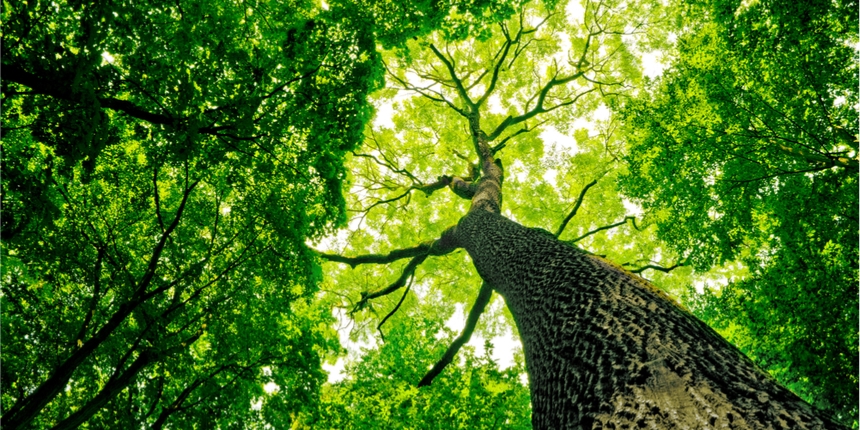A guide to good tree management
10 April 2024
Trees form a natural part of any landscape, bringing many benefits. They can present a number of hazards as they age but careful management can help.

What are the hazards?
Trees can cause damage to neighbouring property during windy conditions as loose branches become detached.
They can also cause problems over time as they grow larger and their roots spread. Here, they can cause structural damage or subsidence.
They can also cause injury where tree roots become trip hazards themselves or where they disturb paving slabs or other footpath surfaces. On very rare occasions, branches have been known to fall and strike people.
What are your responsibilities with tree management?
Depending on your own particular circumstances, you may have to meet certain duties under the Safety Health & Welfare At Work Act 2005.
This does not mean that all trees have to be individually examined on a regular basis. A decision has to be taken on what is reasonable in your particular circumstances. This will include consideration of the risks to which people may be exposed. You may also have other responsibilities under additional legislation.
Typical precautions you can take
The precautions you will have to take will depend upon the number, species and condition of the trees at your premises including any specific hazards they present. Typical precautions could include:
- Branch reduction or removal
- Correct topping and pruning
- Regular re-cutting of pollards
- Using correct arboreal techniques (e.g. to avoid creating large wounds)
- Cable or belt and/or rod bracing of branches
- Crown reduction
- Felling, if other options are not adequate or feasible
- Periodic tree inspections.